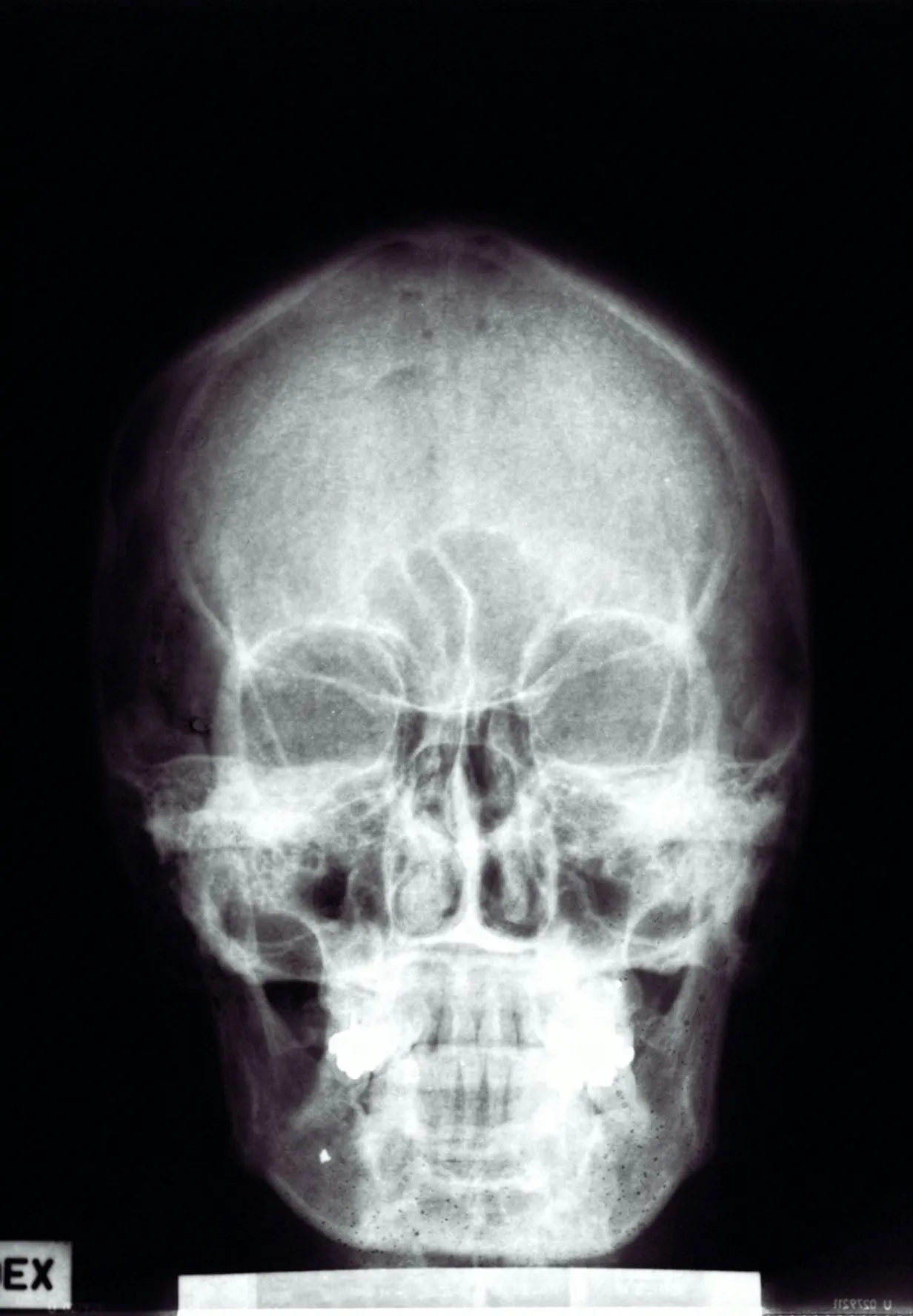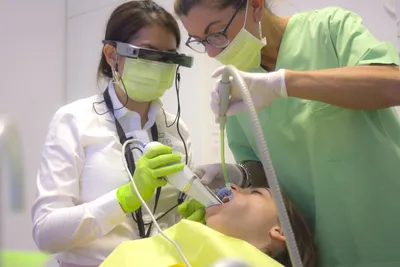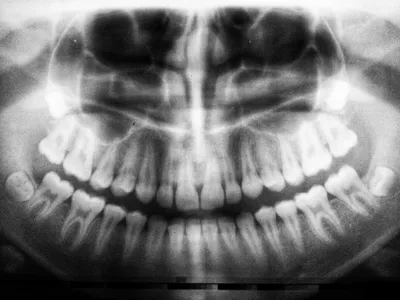Sydney Denture Clinics Now Use 3D Technology for Imaging: Here's How It Works

Introduction to 3D Imaging in Dental Care
In the realm of modern dentistry, 3D imaging technology is revolutionizing the way denture clinics operate. Many Sydney denture clinics have adopted this advanced technology to improve diagnostic accuracy and treatment outcomes. But how exactly does 3D imaging work in a dental setting, and what benefits does it bring to patients?
Understanding 3D Imaging Technology
What is 3D Imaging?
3D imaging, also known as cone beam computed tomography (CBCT), provides a more detailed view of dental structures than traditional 2D X-rays. This technology captures three-dimensional images of the teeth, jaw, and surrounding tissues, allowing for a comprehensive assessment of the patient’s oral health.
How Does 3D Imaging Work?
During a 3D imaging procedure, a patient sits stationary while the CBCT machine rotates around their head. The device emits a cone-shaped beam of X-rays, which are captured by a detector. These raw data are then processed by sophisticated software to create a highly accurate 3D model of the patient’s dental anatomy.
The Benefits of 3D Imaging in Denture Clinics
Enhanced Precision and Accuracy
The accuracy of 3D imaging provides precise measurements and detailed views of the dental structures, leading to better diagnostic and therapeutic decisions. It ensures that dentures fit more comfortably, minimizing the risk of adjustments or remakes.
Improved Patient Experience
With 3D imaging, the need for multiple appointments and lengthy measurements is reduced. This technology enables quicker diagnosis and treatment planning, making the overall patient experience more efficient and less stressful.
Comprehensive Treatment Planning
3D images allow clinicians to visualize intricate details, such as bone density and nerve pathways, which are crucial for successful denture placement. This leads to better treatment planning and customization of the dentures to fit the patient's unique oral structure.
Case Studies: Real-Life Applications
Several Sydney denture clinics have reported significant improvements in patient outcomes since implementing 3D imaging technology. For instance, cases of ill-fitting dentures have drastically decreased, and the overall satisfaction rates among patients have improved.
Potential Challenges and Considerations
While 3D imaging is a powerful tool, it is important to consider the costs involved, as the equipment and training can be expensive. Additionally, patients with certain medical conditions may not be suitable candidates for 3D imaging.
The Future of 3D Imaging in Dentistry
As technology continues to evolve, 3D imaging is expected to become even more integral to dental practice. Ongoing advancements will likely enhance image quality, reduce exposure times, and lower costs, making this technology more accessible to clinics and patients alike.
Conclusion
Sydney denture clinics' adoption of 3D imaging technology marks a significant step forward in dental care. This innovative approach not only boosts diagnostic accuracy and treatment precision but also greatly enhances the patient experience. As this technology continues to evolve, the future of denture care looks increasingly promising.
Top Dental Health Articles
Discover our most popular dental health articles, featuring expert advice that our readers rely on.



